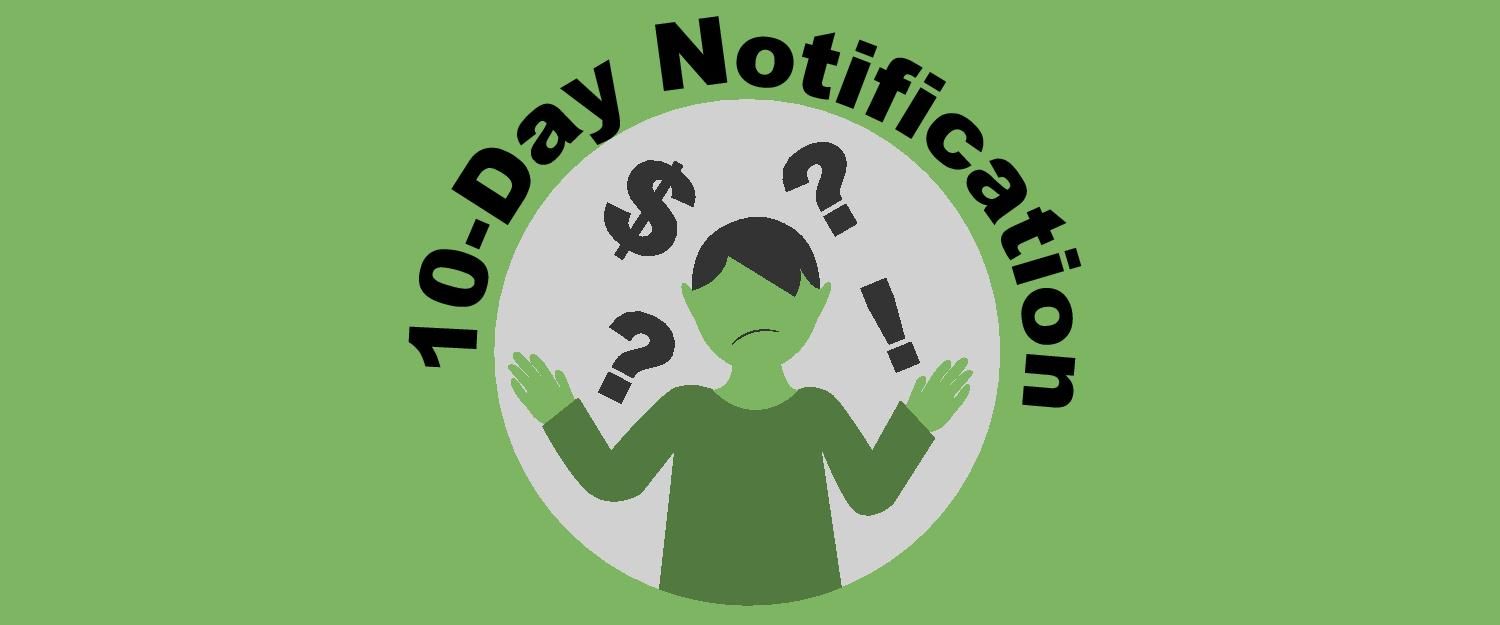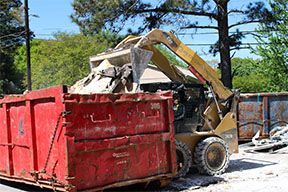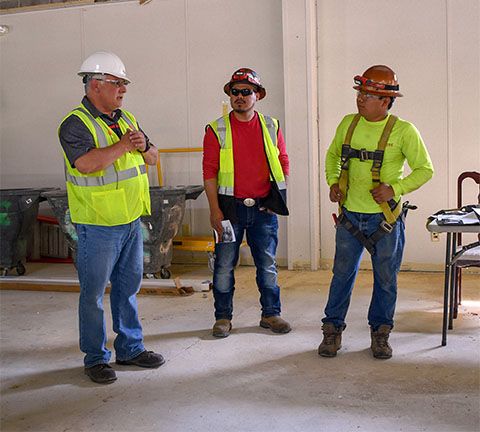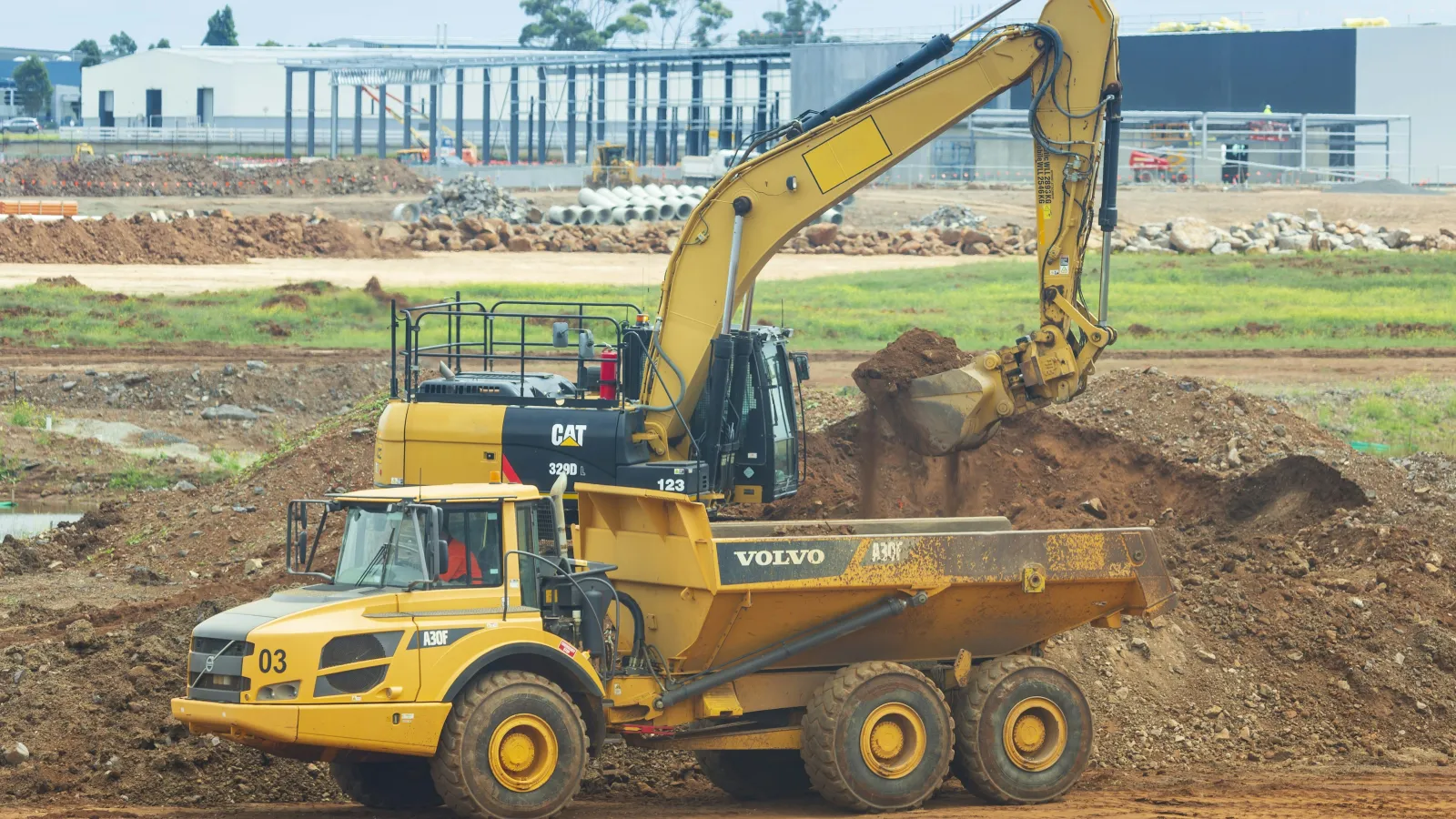In 1999 the State of Georgia Environmental Protection Division mandated that before performing any structural demolition or asbestos abatement work, that the responsible party submit a notification to the Environmental Protection Division, Lead-Based Paint and Asbestos Program.
This notification is known commonly as a 10-day notification. This notification is not pointless government regulation nor red tape, it is a critical tool used by consumer and local authority. In this blog, we will take a deep dive into the confusing world of 10-day notifications and answer all your questions and concerns.
What is a Ten-Day Notification?

Commonly this is known as a Ten-day notification, here in Georgia, the regulation states that this "must be made prior to asbestos stripping, removal or any other activity, such as site preparation, that would break up, dislodge, or similarly disturb asbestos material, including demolition of buildings."
The Ten-day notification is a heads-up to the Environmental Protection Division that a project with demolition or the removal of asbestos is beginning soon. The information provided helps them verify that they use the correct means and methods. The Ten-Day Notification gets its name from the mandatory waiting period it requires.
Ten business days from its submission, not including federal holidays, the project demolition and abatement cannot commence. Make sure you consult the calendar when planning the project's schedule. For example, if you submit on December 24, the day before Christmas, your Ten-day is now a 12-day because Christmas Day and New Year's Day are federally recognized holidays.
The notification document has multiple sections that detail all aspects of the project. These sections are the type of project, site information, abatement contractor, demolition contractor, ACM (asbestos-containing material) information, the schedule for the project, ACM specifics, waste disposal information, and building owner information.
Why do I have to submit a Ten-Day Notification?
To help protect the environment, building owner, and health of the surrounding community.
Each of the sections on the notification equips the EPD with the information necessary to make sure the project's performance is following the local codes. This process was put into place to protect not only the environment but also the owner of the building.
Asbestos Remediation

In asbestos remediation, the microscopic asbestos fibers can become airborne, and this is when asbestos exposure occurs. To combat this, the EPD makes sure that they contain the area of work and they utilize proper engineering controls and, when appropriate, negative pressure containment. The notification gives the owner peace of mind knowing that the contractor is performing the demolition or abatement, quality, and capability.
Waste Disposal and ACM Information

The waste disposal and ACM information are utilized to help protect the environment and community around the project. The statement of disposal location helps local authorities know precisely where the potentially hazardous debris is going. This information is relevant because the final placement of the harmful material is as meaningful as the way the removal from the building. The proper dumping of materials is especially imperative to owners because they ultimately own the asbestos.
If the contractor dumps the materials illegally, the EPD will seek to remediate this through the contractor and the owner of the building. Asbestos is a cradle to grave item for owners. Proper handling and disposal of materials are critical to eliminating potential liability.
Can I start before the 10-Day waiting period is over?

Maybe, but probably not.
The only time that you can start a project before the ten-day mandatory waiting period is when it is a non-friable abatement project if you submit a courtesy notification. The EPD's standard of determining friability of asbestos by reducing the material to power by hand pressure.
Flooring mastic removal is a perfect example of an asbestos-containing material that does not require the full ten-day waiting period. Asbestos-containing floor tile, however, would not qualify as you can reduce the tiles to powder through hand pressure.
The only other exception of when the full ten-day wait is not applied is an emergency notification. This type of notification is submitted when there is an immediate life safety or imminent collapse of a structure.
Who can fill out the 10-Day Notification

Owner, General Contractor, Abatement Contractor, or Demolition Contractor
The notification is filed by the owner, or on behalf of the owner by the general contractor, asbestos abatement contractor, or demolition contractor. Most states have an online system to fill out the notice, much like Georgia's in the link below. (https://geos.epd.georgia.gov/GA/GEOS/Public/GovEnt/Shared/Pages/Main/Login.aspx)
In most cases, an account must be created to submit a notification. Navigating the questions and filling in the answers can be cumbersome but having the specific job information on hand helps simplify the process.
How much does it cost to submit the 10-Day Notification?
$0 - $1,000 per physical address
The max payment for notification is $1,000. A demolition notification is what is known as a "courtesy notification," and requires completion of only two of the three pages, and there is no cost associated. The asbestos notification cost is dependent on the amount of asbestos abatement, but it maxes out at $1,000 per address. It's important to remember that each asbestos-containing structure that has a different address requires a separate notification.
Typically, the abatement contractor includes a line item in their pricing to submit the 10-Day notification on the owner's behalf. However, it is always wise to make sure you know which contractor has covered it in their budget.
Do I have to file two (2) 10-Day notifications if I have both demolition and asbestos abatement at the same address?
Maybe, it depends on which contractor is performing what scope
If one contractor is performing both, demolition and abatement, or if the owner is the one submitting and they know both contractors that will be performing their respective scopes, a single notification is acceptable. If separate contractors will be carrying out their work and the owner is not the one who is submitting, each must provide a notification for their respective scopes.
GET YOUR 10-DAY CHECKLIST TODAY!
We hope that we have answered all your questions and have successfully simplified the 10-day notification process. The 10-day notification does not have to be seen as a huge speed bump nor does it have to feel like pulling teeth. Just remember, the key to an easy 10-day notification process is having all the necessary information on hand before filling out the notification.
For additional information for the other Southeastern States please see the links below or contact us.
- Alabama
- Arkansas
- Florida
- Georgia
- Kentucky
- Louisiana (General information)
- Mississippi
- North Carolina
- South Carolina
- Virginia




